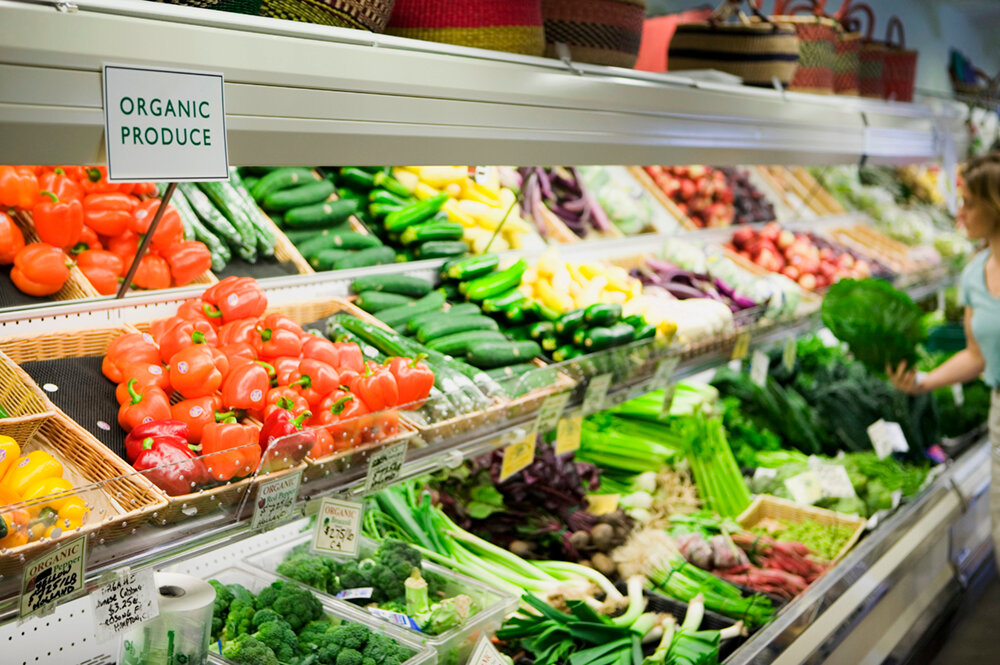Felicia Hodges
Whether the reason is increased demand for certain items, extreme weather around the world, or supply chain issues caused by the coronavirus, there’s no question that it costs more to feed a family now than it did a year ago.
A March survey by Change Research found that 79% of New Yorkers said buying groceries had become harder in the past 12 months, a 6% increase from 2023.
With food prices not seeming to be coming down and eating in not really a choice, how can shoppers these days cut back on spending at the grocery store?
The answer may vary depending on how you shop.
While many people have a favorite grocery store, Diane Kosch with the Orange County Department of Consumer Affairs and Weights and Measures said things have changed in recent years.
“Consumers who were loyal to certain stores have transitioned into ‘cherry pickers,'” she says. “Instead of being loyal to just one store, these people shop everywhere, looking for sales, coupons and the best prices at every store.”
Kosch said checking unit and per-pound prices of items can make comparison shopping easier, but one of the best tools to help with this is a store flyer.
“Most stores have started posting these flyers online on their website, app or in-store kiosks, so consumers can save time, gas and money by planning ahead before heading to the store,” she added.
But a new grocery store can be unfamiliar and a little difficult to find items in, which can be intimidating.
Malcolm Griffin, a dance instructor from Newburgh who started working as a grocery shopper for Instacart across Orange County during the pandemic, said he sometimes goes to unfamiliar stores and that having a plan helps.
“If you’re going into an unfamiliar store, you need to know the layout of the store. I always start with the produce. If you’re good with the produce in a new store, it’s easy to get used to the feel of the store and get what you need,” he said.
Often, if a customer requested a particular brand of product and the store did not have it, we had to get the customer’s approval before purchasing an equivalent replacement, sometimes a store-branded product.
“Essentially, an egg is an egg, and a name brand isn’t necessarily a higher quality than a store brand,” he says. “Just because it’s a brand you’ve never heard of doesn’t mean you’re buying a fake. There’s no difference in quality.”
Kosh added that both store brands and name brands are great value, and consumers should try both and choose the one they like best.
“Judge it on price, taste and overall value,” she added.
Under Griffin’s guidance, 14 staple foods were price compared across local Aldi, Adams Fairacres Farm, Stop & Shop, Price Chopper, Hannaford and ShopRite stores. Most of the customers Griffin shopped with tended to request specific items, such as whole milk (instead of almond, goat or nonfat milk) and bottled spring water (instead of purified water), so while these items might not be things you would normally put in your cart, they can give you an idea of what similar items might cost.
While some items may be significantly more expensive than others at a particular store, shoppers may be able to save even more by taking advantage of the store’s loyalty program. Loyalty programs are designed to encourage repeat purchases and entice customers to choose a store over competitors, with points tailored to customers’ preferences and shopping habits. Supermarkets that offer loyalty programs usually require a phone number, driver’s license, or email address to sign up.
Also, all stores have sales and “buy one get one free” offers, so if you don’t have a problem storing the extra packs or have someone to split the cost with, it may be more cost-effective to buy, say, three packs of bottled water.



